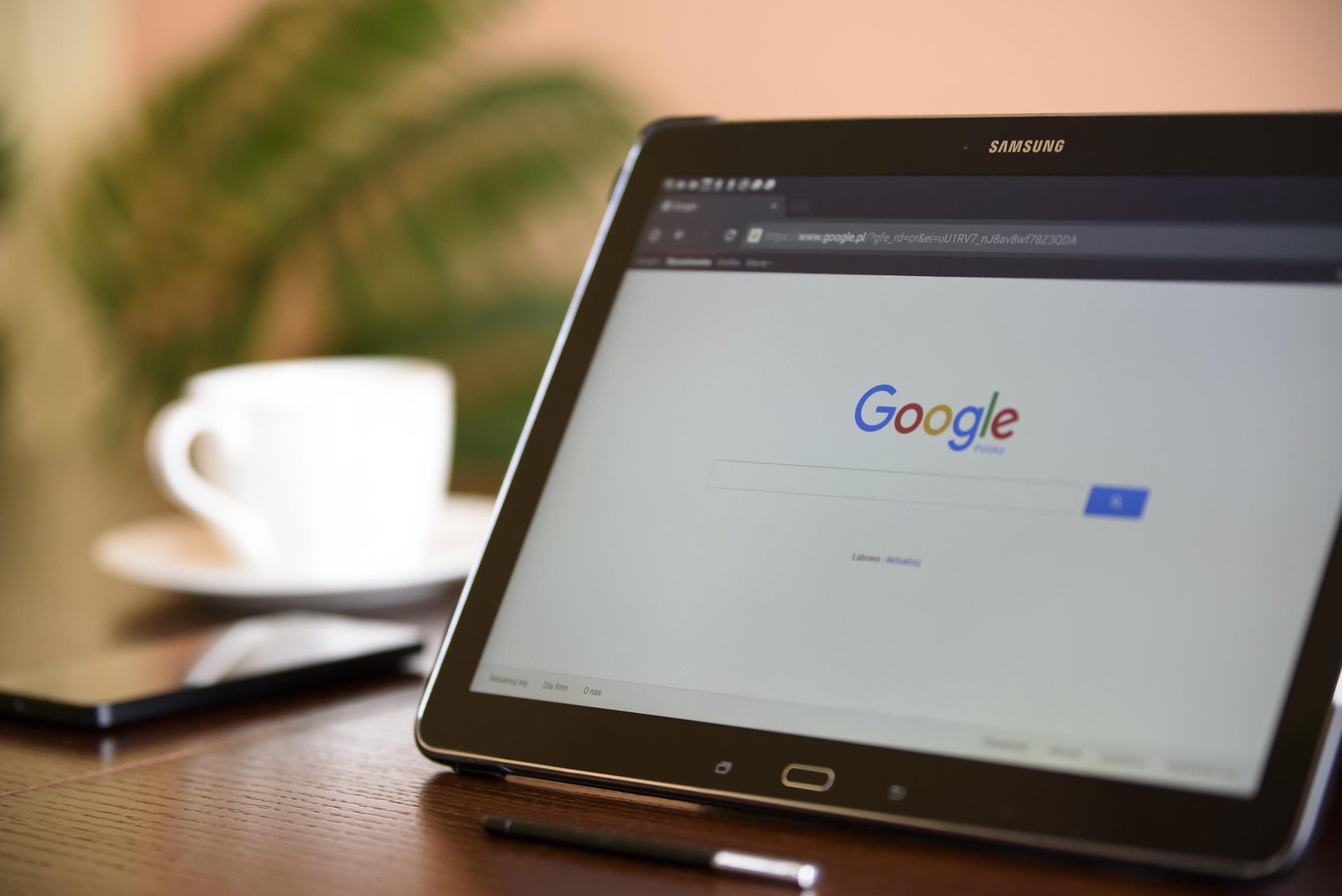Google’s Factory Reset Protection (FRP) is a built-in security feature on Android devices that helps protect your data in case your phone is lost or stolen. When an Android device is reset to factory settings, FRP automatically kicks in and requires the user to enter the credentials of the last Google account used on the phone. This measure ensures that unauthorized users cannot access the device after a reset, making it harder for thieves to use or resell stolen phones.
However, FRP can also become a hurdle for legitimate users. For example, if you forget your Google account password, or purchase a second-hand phone without realizing the previous owner didn’t remove their Google account, you might find yourself locked out. In such cases, the verification screen appears and stops you from proceeding with the setup.
In this article, we’ll explore various solutions like using Google Account Recovery, contacting support, or using specific tools when absolutely necessary.
Why Google Account Verification Appears After Reset
Google Account Verification appears after a factory reset because of a built-in Android security feature called Factory Reset Protection (FRP). FRP is designed to protect your phone and personal data in the event of theft or unauthorized access. Once FRP is triggered, the device requires you to log in using the Google account credentials that were last synced to the phone before the reset.
This security measure is automatically enabled when you add a Google account to your device and set up a screen lock (PIN, pattern, or password). If someone attempts to reset the phone via recovery mode or any method other than from within the phone’s settings (without removing the account first), FRP will kick in. This means that even after a full wipe, the phone is effectively useless unless the correct Google login is entered.
FRP is especially useful in preventing criminals from stealing Android phones and simply resetting them for resale. However, legitimate users can also get locked out—for example, if they forget their account details or purchase a second-hand phone without account removal. This is why it’s important to understand when and why FRP is activated, and how to unlock your device legally if it happens.
When You May Need to Bypass Google Verification
There are several real-world situations where you may find yourself needing to bypass Google account verification on an Android device. One of the most common is forgetting your Google account credentials—particularly if it has been a long time since you used the device or you’ve recently changed passwords. Without access to your email or password, you won’t be able to complete the setup after a factory reset.
Another frequent scenario occurs when someone purchases a second-hand phone that is still linked to the original owner’s Google account. If the previous user didn’t properly remove their account before selling the device, the new owner gets locked out after resetting the phone. This can be frustrating, especially if contacting the seller isn’t possible.
In some cases, users may lose access to their recovery options, like a secondary email or registered phone number, making password recovery difficult. Finally, Google may lock accounts due to unusual activity, suspected hacking attempts, or system errors, which can lead to a situation where you’re unable to verify your identity even though you’re the rightful owner.
Preliminary Checks Before Attempting Bypass
Before you proceed with any method to bypass Google account verification, it’s essential to perform some preliminary checks to ensure you’re taking the right and legal steps. First and foremost, make sure the device is connected to a stable Wi-Fi network. Most bypass processes, whether manual or using software tools, require internet access to communicate with Google servers or download necessary components.
Next, try to recover the original Google account credentials. Visit Google’s recovery page and attempt to reset the password using recovery options like a phone number, recovery email, or security questions. This is the safest and most legitimate route, and it may help you avoid the need to bypass verification entirely.
Finally, confirm that Factory Reset Protection (FRP) is indeed enabled. You’ll usually know FRP is active if the phone asks for the previously synced Google account after a reset. Only after these checks should you consider any bypass method, and always within legal boundaries.
Safe and Legal Methods to Bypass Google Account Verification
1. Recover Your Google Account
If you’ve forgotten your Google account password or can’t access it, the first step is to try account recovery. Google provides a dedicated recovery page at accounts.google.com/signin/recovery where you can reset your password. The process involves entering your email address or phone number linked to the account, then verifying your identity through various options. These may include receiving a verification code via your recovery email or phone, answering security questions, or providing the date you created the account. Successful verification allows you to reset the password and regain access.
Recovering your account is the safest and most recommended way to bypass Google verification because it does not involve bypassing security features or risking data loss. It ensures that you are the rightful owner. Once you have reset the password, you can log in to the locked device using the updated credentials, completing the verification process legally and securely. This method requires patience and accurate information, so keeping recovery details updated is essential to avoid lockouts.
2. Use a Previously Synced Google Account
If you remember the Google account credentials that were last used on the device, simply entering them during the verification screen after a reset is the easiest solution. The Android system’s Factory Reset Protection (FRP) requires this as a security measure. Even if you forgot the password, recalling the exact email address linked to the phone is important.
Using the previously synced Google account works because the device checks for the same account to prevent unauthorized access. This method is straightforward and requires no extra software or hacks. If you’ve recently changed your password, make sure to use the current one. If the password is forgotten, you can combine this method with account recovery to reset the password first.
Entering the correct Google account allows you to unlock the phone smoothly and proceed with the setup process. This legal and official approach ensures the security of your device and personal data without risking warranty or device integrity.
3. Verify Using a Trusted Device
Google’s two-factor authentication system allows you to verify your identity through a trusted device already signed in with your Google account. If you have another smartphone, tablet, or computer logged into the same account, you can use it to approve the login attempt during the verification process.
When prompted to verify your identity on the locked device, Google sends a notification or verification code to the trusted device. By approving this notification or entering the code, you confirm that you are the legitimate account owner. This process makes account recovery faster and more secure.
Using a trusted device eliminates the need to answer complicated security questions or wait for email or SMS verification. It streamlines the unlocking process and reduces the chances of being locked out permanently. This method requires that you have access to the trusted device and that it is connected to the internet.
4. Contact the Previous Owner
If you bought a second-hand Android phone that’s locked with someone else’s Google account, the best solution is to contact the previous owner and ask them to remove the device from their account. Only the original account holder can deactivate Factory Reset Protection by unlinking the device.
The previous owner can do this remotely by logging into their Google account on a computer or another device and visiting Find My Device. From there, they select the locked device and choose the Erase Device option, followed by Remove from Account. Once done, the iPhone will no longer ask for their credentials and can be set up freely by the new user.
This method is legal and respects Google’s security policies. If the seller refuses or is unreachable, unlocking the device becomes very difficult without proof of purchase or authorized assistance from Google. Always verify account removal before purchasing used phones to avoid these problems.
5. Use Google Support
If you cannot recover your account or contact the previous owner, you can reach out to Google Support for help. Google provides assistance for account recovery and unlocking devices, but they require proof that you are the legitimate owner.
You can contact support through the Google Help Center or by using the support options on your Android device. Be prepared to provide purchase receipts, device serial numbers, or other proof of ownership. Google Support will verify your information and guide you through the steps to regain access.
While this process can take some time and may involve multiple verification steps, it’s one of the most secure and legitimate ways to unlock your device. It also helps protect users from unauthorized access and device theft. Always keep your purchase documents safe for situations like this.
6. Visit Authorized Service Center
If online methods don’t work or seem complicated, visiting an authorized service center is a reliable option. Authorized centers have the tools and official permission to help with account recovery and device unlocking, provided you present proof of ownership.
Bring the locked device along with the original purchase invoice or receipt. The technicians will verify your ownership and may assist in unlocking the phone or guiding you through Google’s account recovery process. This method is especially helpful if you’re uncomfortable with digital procedures or if the device has hardware issues.
Authorized service centers operate within legal guidelines and won’t use unauthorized hacks. This approach preserves your warranty and ensures the phone remains secure after unlocking.
7. Wait for Account Recovery Period
Sometimes, after resetting your Google account password or making multiple verification attempts, Google temporarily restricts access to the account or device as a security precaution. This can cause delays in unlocking the device.
If you find yourself locked out despite using the correct credentials, it’s advisable to wait 24 to 72 hours before trying again. This waiting period allows Google to verify that the login attempts are legitimate and reduces the risk of account compromise.
During this time, avoid making multiple failed login attempts, as this could prolong the lockout. Use the waiting period to recover your password properly or gather any needed recovery information.
Conclusion
Bypassing Google account verification after a factory reset can be a frustrating experience, but it’s important to follow safe, legal, and ethical methods to regain access to your device. The best approach always starts with recovering your Google account credentials through official channels, such as Google’s account recovery page or using a trusted device. If you’ve purchased a second-hand phone, contacting the previous owner to remove the device from their account is crucial. When self-help options don’t work, reaching out to Google Support or visiting an authorized service center can provide professional assistance while ensuring your device remains secure and compliant with legal standards.
Patience and preparedness, such as having proof of ownership and up-to-date recovery information, are key to successfully unlocking your phone without risking data loss or violating security policies. Avoid third-party tools or unauthorized hacks that could damage your device or void warranties. By following these recommended methods, you can safely unlock your Android phone and protect your data for the future.


